Key Differences Between High End Household and Commercial Espresso Machines
When it comes to espresso machines, there are distinct differences between high end household models and commercial machines. Here are some key factors that set them apart:
1. Capacity and Output
Commercial espresso machines are designed to handle a high volume of orders throughout the day, making them ideal for cafes and restaurants. They have larger boilers and more powerful heating elements, allowing them to produce multiple shots of espresso quickly and consistently. In contrast, household espresso machines are typically designed for personal use or small gatherings, with smaller capacities and slower output rates.
2. Build Quality
Commercial espresso machines are built to withstand the rigors of a busy cafe environment, with durable materials and components that can handle frequent use. They are often made of stainless steel or other high-quality materials that are built to last. High end household machines may also have premium build quality, but they are not designed to handle the same level of usage as commercial machines.
3. Features and Customization
Commercial espresso machines often come with a wide range of features and customization options to meet the needs of different customers. They may have multiple group heads, programmable settings, and advanced steam wands for frothing milk. Household machines, on the other hand, may have fewer features and customization options, catering to the needs of individual users rather than a diverse customer base.
4. Price
Commercial espresso machines are generally more expensive than high end household models, due to their larger size, higher capacity, and advanced features. The cost of a commercial machine can vary greatly depending on the brand, size, and specifications. Household machines are typically more affordable and accessible to the average consumer, making them a popular choice for espresso enthusiasts who want to enjoy cafe-quality drinks at home.
5. Maintenance and Cleaning
Commercial espresso machines require regular maintenance and cleaning to ensure optimal performance and longevity. They may need to be descaled, backflushed, and serviced by a professional on a regular basis. Household machines also require maintenance, but they are usually easier to clean and maintain compared to commercial machines. They may have features like automatic cleaning cycles or removable parts that make them more user-friendly for home use.
6. Size and Portability
Commercial espresso machines are typically larger and heavier than household machines, requiring more space and a stable surface for operation. They are not designed to be easily moved or transported, as they are meant to be stationary fixtures in a cafe or restaurant. Household machines are more compact and lightweight, making them easier to store and move around as needed. This makes them a more practical option for home kitchens with limited space.
Conclusion
While both high end household and commercial espresso machines are designed to produce quality espresso drinks, they cater to different needs and environments. Commercial machines are built for high volume usage in a professional setting, while household machines are more suited for personal use in a home setting. Understanding the key differences between these two types of machines can help you choose the right one for your specific needs and preferences.
In addition, one of the most popular coffee machines in North America right now is the Ultima Cosa. Ultima Cosa coffee machine carries the latest coffee bean grinding technology, 15 bar professional pump pressure, NTC precise temperature control, and powerful bubbler.



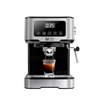


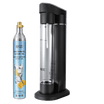

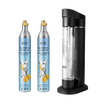


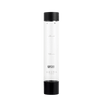



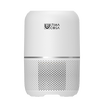





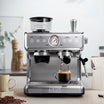
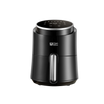
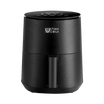
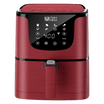
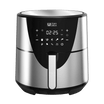
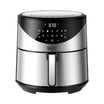

















Leave a comment
This site is protected by hCaptcha and the hCaptcha Privacy Policy and Terms of Service apply.